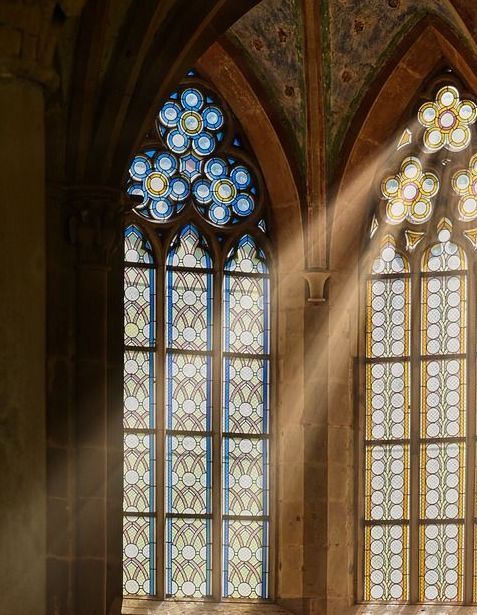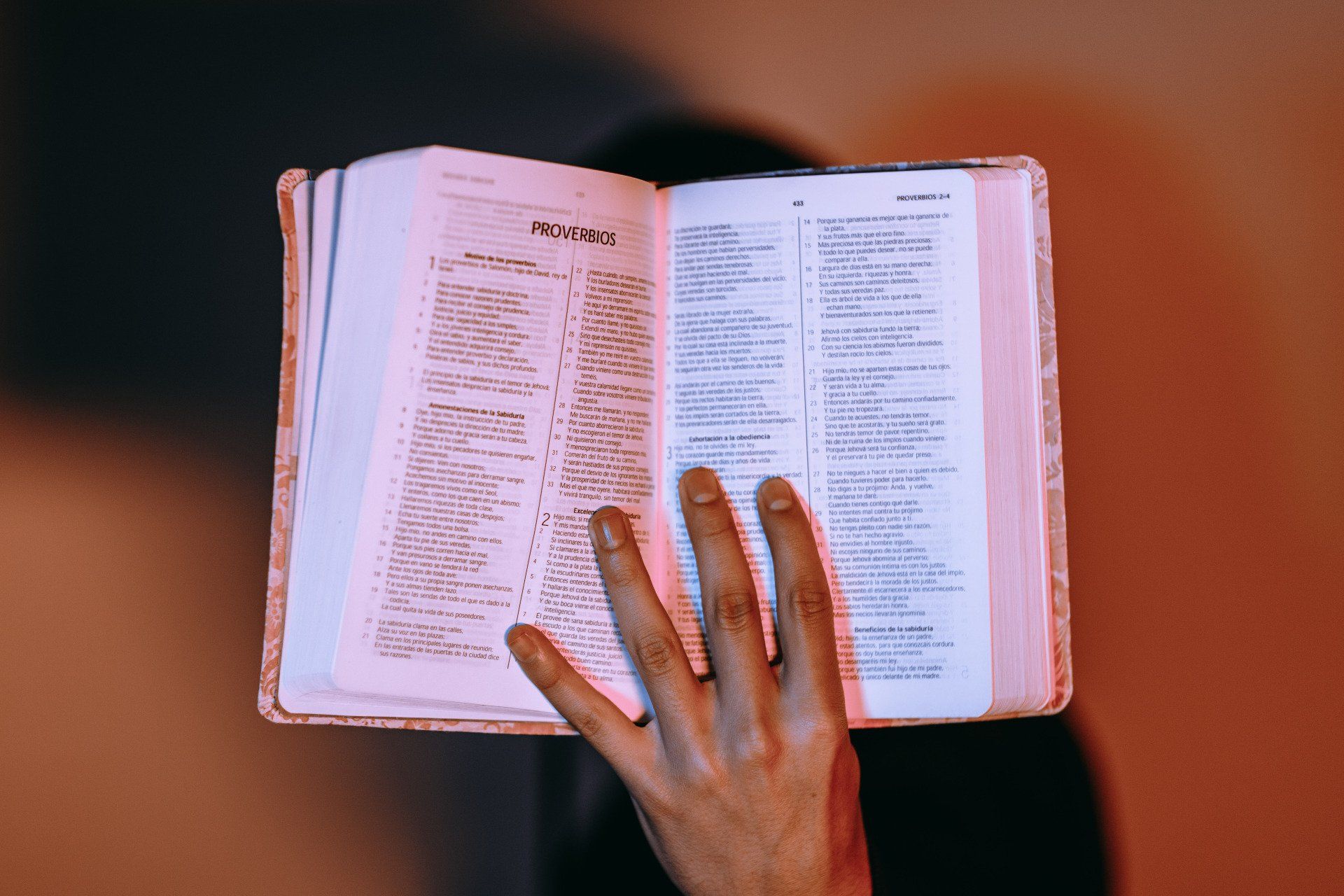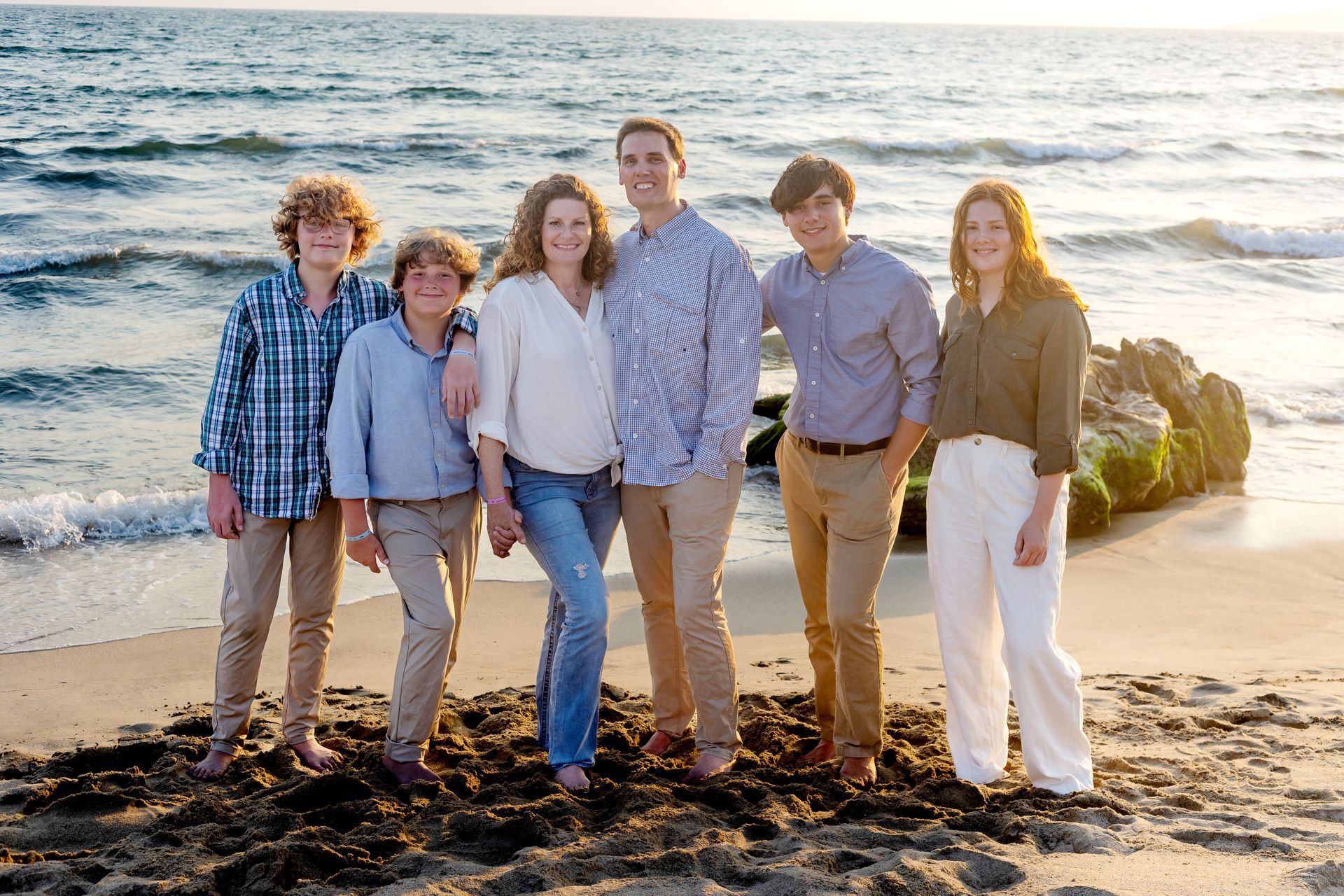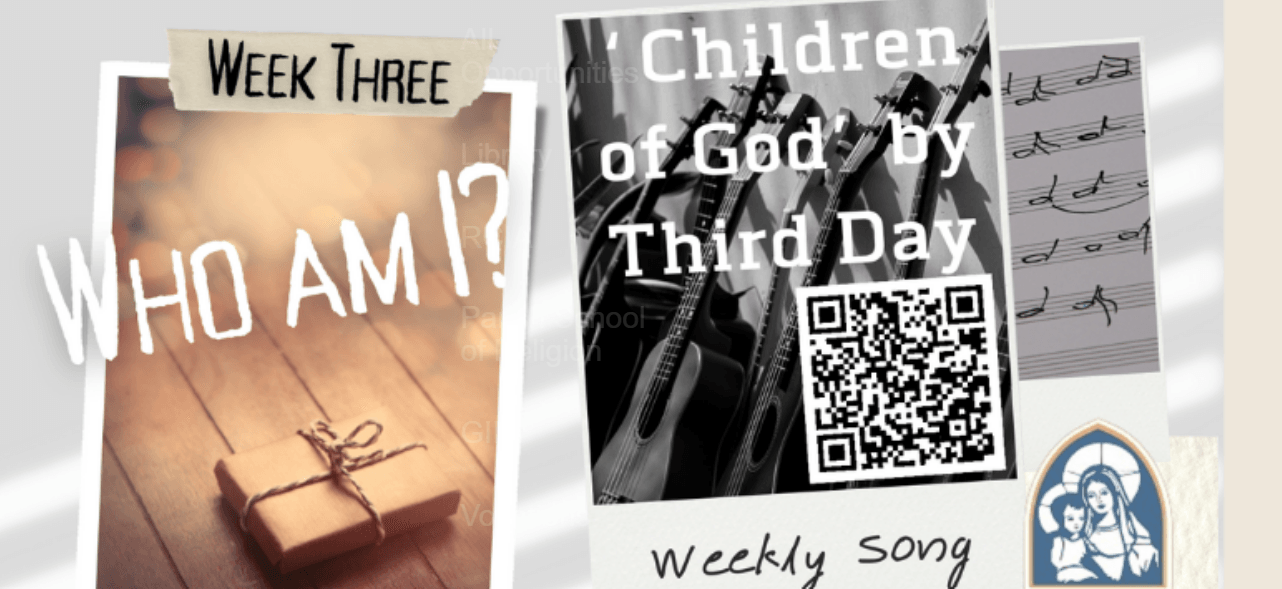The Way of the Cross is the Way to Joy
The Way of the Cross is the Way to Joy: Embracing Hardship as the Doorway to Resurrection Life
We live in a world that constantly tells us to avoid pain at all costs. Discomfort is treated as failure. Suffering is seen as meaningless. And yet, the Christian story tells us something radically different:
without the Cross, there can be no Resurrection.
When Jesus invited His disciples to follow Him, He didn’t promise a life free of hardship. Instead, He said, “If anyone would come after Me, let him deny himself and take up his cross daily and follow Me” (Luke 9:23). This wasn’t a metaphor meant to inspire vague courage—it was a call to a way of life. The cross is heavy, inconvenient, and painful. But it is also the very path that leads to life.
Think of the garden before Easter morning. The women came to anoint Jesus’ body, grieving under the weight of loss. They could not yet see the glory of what God was about to do. Resurrection was coming—but it came through the Cross, not around it. The empty tomb only shines with hope because the crucifixion came first.
For us, this means that our personal crosses—whether they are struggles in relationships, health, finances, or deep wounds we carry in silence—are not wasted. They can feel crushing in the moment, but they are also the places where God’s power is revealed. As Paul writes, “We are afflicted in every way, but not crushed…struck down, but not destroyed, always carrying in the body the death of Jesus, so that the life of Jesus may also be manifested in our bodies” (2 Corinthians 4:8–10).
It is tempting to seek resurrection joy without walking the path of the Cross. But Easter joy without Good Friday would be shallow. Real joy comes not from pretending life is easy, but from discovering that even in the darkest valleys, Christ walks with us—and He leads us out the other side.
So, when you feel the weight of your cross, don’t despair. Instead, see it as a doorway. Because where there is no cross, there is no resurrection. And where there is a cross, resurrection is certain.











